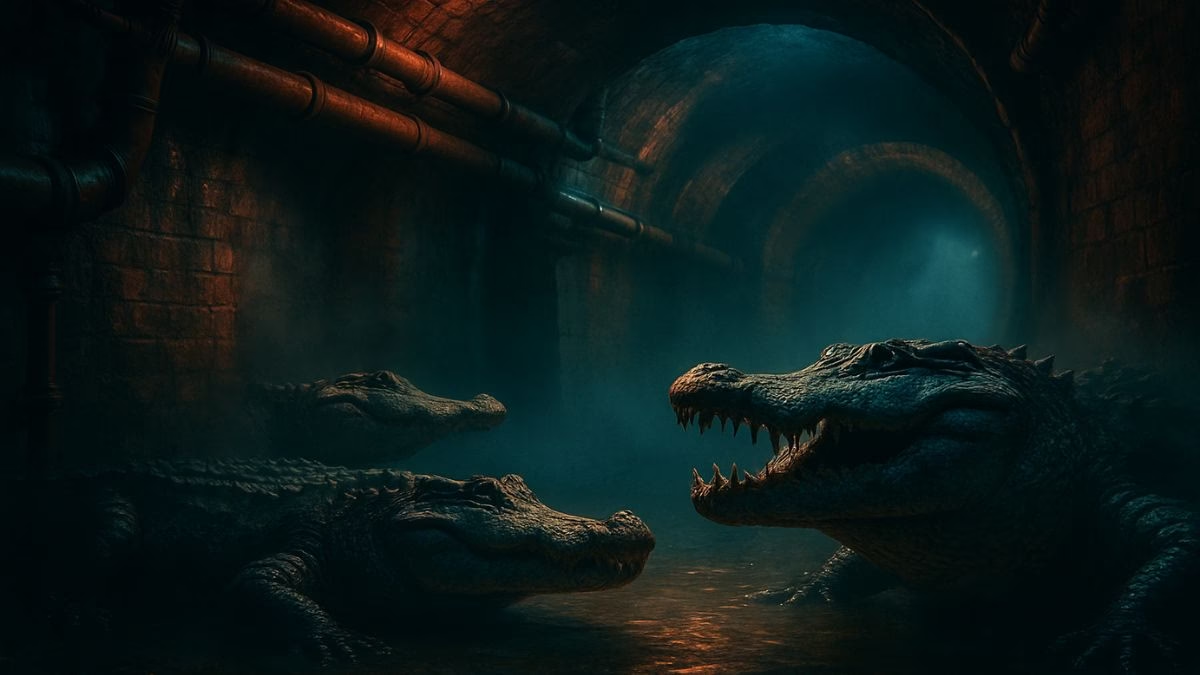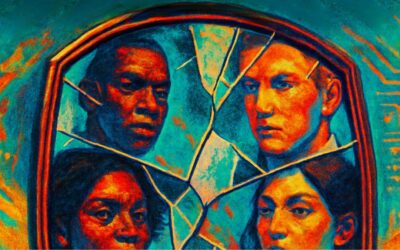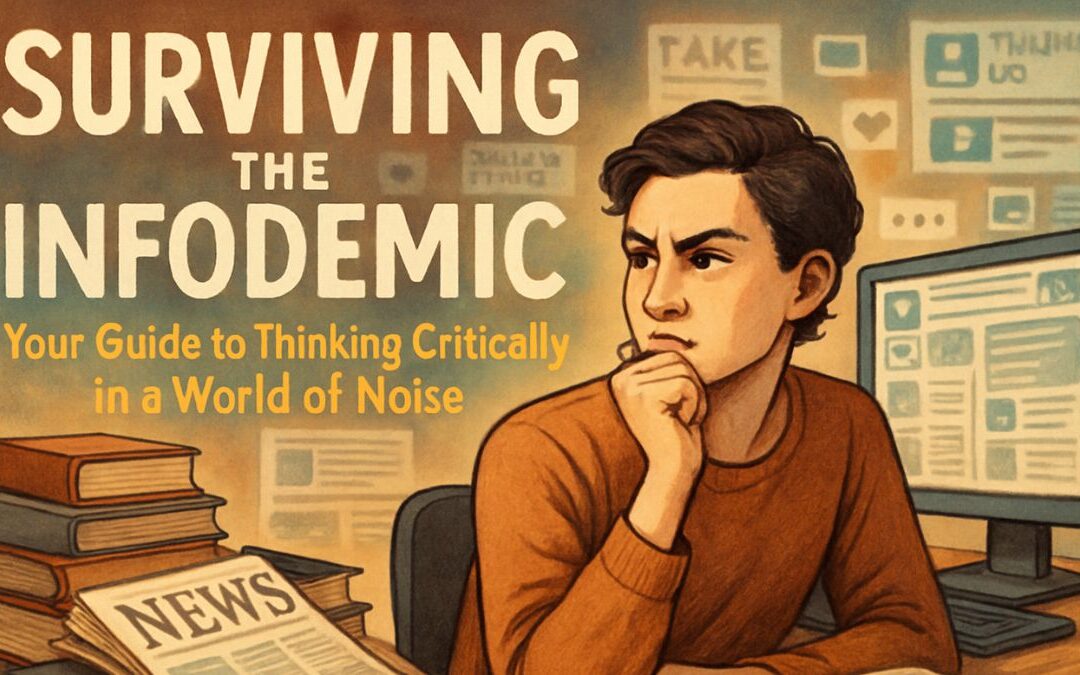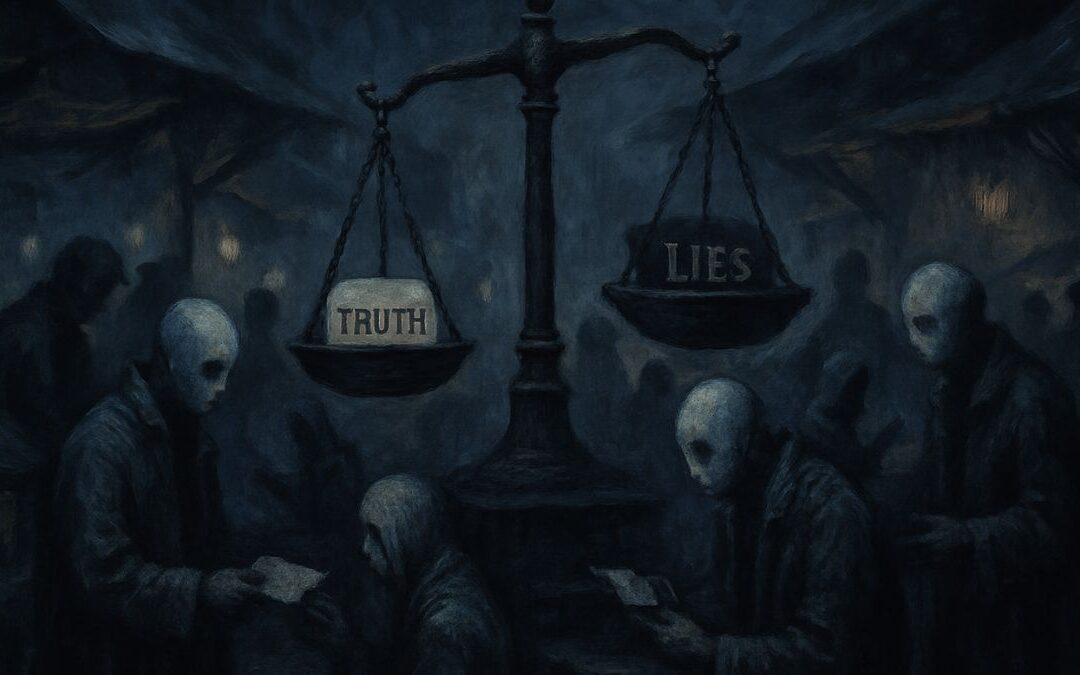- Audio Article
- That Old Chestnut About the Gators
- The Makings of a Modern Myth: What Defines an Urban Legend?
- Down the Drain and Into Reality: The Case of the Sewer Gators
- When the Unbelievable is Documented: Other Legends with a Footing in Fact
- The Psychology of “I Knew It!”: Why We Want Legends to Be True
- The Truth is Down There
- MagTalk Discussion
- Focus on Language
- Vocabulary Quiz
- Let’s Discuss
- Learn with AI
- Let’s Play & Learn
Audio Article
That Old Chestnut About the Gators
You know the one. It’s the story you tell with a mischievous grin, the gold standard of unbelievable tales passed off as fact. It’s the legend of the alligators in the sewers of New York City. We can all picture it: a baby gator, bought as a quirky Florida souvenir, is flushed down a toilet once it nips a finger or outgrows its welcome. Down in the subterranean dark, it doesn’t just survive; it thrives. It feasts on rats and refuse, growing enormous, its scales bleached a ghostly white from the lack of sunlight, a blind, primeval monster lurking beneath the feet of millions.
It’s the quintessential urban legend—dramatic, a little gross, and just plausible enough to make you pause. We tell it, we laugh at it, and we file it away under “Things That Are Obviously Not True.”
But what if we’re wrong? What if, in the murky labyrinth beneath the city that never sleeps, there really were alligators?
This is the fascinating, blurry space where folklore and fact collide. Most urban legends are just that—legends. They are modern parables, cautionary tales that reflect our collective anxieties. But every so often, a story that seems too wild to be anything but fiction turns out to have a solid basis in reality. These rare cases are more than just curiosities; they peel back a layer of our mundane world to reveal something surprising, and they tell us a profound truth about our own desire to find the extraordinary hidden within the ordinary.
The Makings of a Modern Myth: What Defines an Urban Legend?
Before we venture into the sewers, let’s quickly re-establish what an urban legend is. It’s a piece of modern folklore, a story that circulates as true, often happening to a “friend of a friend.” Unlike ancient myths, it’s set in our recognizable world of cars, hotels, and, yes, plumbing. These tales act as cultural barometers, measuring our fears. Fear of contaminated fast food, fear of criminals hiding in the back seat of our car, fear of the hidden dangers lurking within the very infrastructure of our urban lives.
We instinctively dismiss them because they feel a little too perfect. The narrative is too neat, the irony too thick, the ending too shocking. Real life, we assume, is messier and far more boring. But reality, on rare occasions, has a funny way of producing a story so strange that it’s just begging to be turned into a legend.
Down the Drain and Into Reality: The Case of the Sewer Gators
The story of the New York sewer alligators is perhaps the most famous example of a myth with a surprising pedigree. Let’s break down where the folklore ends and the fact begins.
The Legend as We Know It
The canonical version of the legend is a masterpiece of storytelling. It typically begins in the early 20th century, a time when selling baby caimans and alligators to tourists was a popular, and largely unregulated, practice in Florida. Vacationing New Yorkers would bring these tiny reptiles home as exotic pets. But the cute, palm-sized creature inevitably grows into a formidable predator. Panic sets in, and the toilet becomes the disposal unit of choice. From there, the legend takes its famous turn. In the warm, damp sewers, these flushed pets form a colony. Generations are born in the darkness, leading to the evolution of the iconic albino sewer gator, a creature of mythic proportions.
The Kernel of Truth
This all sounds like pure fantasy, a perfect metaphor for the wild, untamable nature hidden beneath a civilized city. It would have remained that way if not for one man: Teddy May. In the 1930s, May was the Superintendent of Sewers for New York City, a man who knew the city’s underbelly better than anyone. On February 10, 1935, an article in The New York Times reported on his incredible findings. May recounted that his workers had been telling him stories of seeing alligators in the storm sewers for years, tales he had always dismissed.
Then, one snowy day in Harlem, his crew was working in a sewer when they saw something alive in the beam of their flashlights. It was an alligator, about two feet long. They lassoed it and, according to the report, hauled it to the surface, where it promptly died in the frigid air. This was not an isolated incident. Over the next year, May’s crews reported finding and dispatching several more alligators in the sewers, the largest being around two and a half feet. His theory aligned perfectly with the budding legend: they were indeed flushed pets.
Separating Fact from Folklore
So, the legend is true! Well, yes and no. This is where we see the birth of a myth. A real, documented event provides the kernel of truth. Alligators, plural, were verifiably found in the New York sewer system. Teddy May, a credible official, went on the record.
But now, look at the embellishment. The real gators were small, only a couple of feet long—hardly the monstrous beasts of lore. There was no evidence of a breeding colony, nor could there be. Herpetologists today are clear that the conditions in a New York sewer are completely inhospitable for an alligator to thrive. The water is too cold for these cold-blooded reptiles, especially in winter, and it’s filled with toxic chemicals that would poison them. There is certainly no scientific basis for them evolving into a race of blind, albino super-gators.
The legend, therefore, is a massive exaggeration of a bizarre but limited series of real events. The human imagination took a strange fact—small, abandoned pets found in an unusual place—and amplified it into a terrifying tale of a hidden ecosystem of monsters.
When the Unbelievable is Documented: Other Legends with a Footing in Fact
The sewer gator is not alone in its journey from folklore to fact. Several other classic urban legends, told and retold for decades, have been proven to have happened, often in a manner just as gruesome as the story suggests.
The Body Under the Bed (or in the Mattress)
The legend goes like this: a couple checks into a hotel and is assailed by a foul odor. They search the room, complain to the management, maybe even get moved to another room. The story ends when a maid, or the next unfortunate guest, finally discovers the source of the smell: a decomposing body stuffed inside the box spring or hidden under the bed.
This story is a chilling manifestation of our vulnerability when we travel, of the hidden, sordid histories of the anonymous spaces we temporarily inhabit. It is also horrifyingly true. There are numerous documented cases that mirror the legend almost exactly. In 1999, guests at a motel in Atlantic City, New Jersey, complained for days about a terrible smell before the body of a man was found stuffed under their bed. Similar incidents have been reported in Las Vegas, Kansas City, Florida, and California. The reality is not just a basis for the legend; in these cases, the reality is the legend.
The Man Who Mailed Himself to Freedom
This one sounds like something out of a cartoon. The story involves a person, desperate to travel or escape, who folds themselves into a shipping crate and mails themselves to their destination. It’s a tale of incredible risk and claustrophobic terror.
But this legend is rooted in one of the most remarkable true stories of American history. In 1849, an enslaved man from Richmond, Virginia, named Henry “Box” Brown, resolved to escape to the free state of Pennsylvania. With the help of a friend, he had a wooden crate built, just large enough for him to curl into. The box was sealed and shipped via Adams Express, traveling by wagon, railroad, and steamboat. For 27 harrowing hours, Brown was tossed around, sometimes left upside down for agonizing stretches, until he finally arrived in Philadelphia and was delivered to abolitionists. He emerged a free man.
The story doesn’t end in the 19th century. In 2003, a man named Charles McKinley successfully air-freighted himself in a crate from New York to his parents’ home near Dallas, Texas. The legend endures because the desperate ingenuity it describes is a real, recurring human story.
The Psychology of “I Knew It!”: Why We Want Legends to Be True
When a story like the sewer alligators is revealed to have a factual basis, we feel a strange sense of satisfaction. But why are we so eager to find truth in these tallest of tales? The answer lies in our deep-seated psychological needs.
The Allure of a Hidden World
Our daily lives can often feel predictable and mundane. The idea that a secret, more exciting world exists just beneath the surface is an incredibly seductive one. This hidden world might be a subterranean ecosystem of reptiles, a network of government conspirators, or a supernatural reality we only glimpse out of the corner of our eye. When a legend is proven true, it confirms this suspicion. It tells us that the world is not as boring as it seems, that mystery and wonder (and danger) are still possible. It gives us permission to believe in the extraordinary.
Validation and Giving Credence to Folklore
Urban legends are a form of communal knowledge, passed down outside of official channels. When one turns out to be true, it gives credence to the entire system of folklore. It validates the “friend of a friend” who told you the story. It reinforces the idea that we should trust these grassroots warnings, that there is a collective wisdom in these tales that exists apart from science and mainstream news. The feeling is not just “the story is true,” but “our way of sharing stories is valid.”
The Blurry Line Between a Story and a Legend
The truth is that the line between a real event and an urban legend isn’t a sharp one; it’s a blurry, permeable membrane. A real event occurs—a small alligator is found in a sewer, a body is discovered in a hotel, a man mails himself in a box. This event is then retold. With each telling, the details that are less interesting are sanded off, and the parts that are most dramatic are polished and amplified. Henry Brown’s specific, harrowing journey becomes the more general “a man mailed himself.” The handful of two-foot gators found in the 1930s becomes a thriving colony of giant albino beasts. The legend is simply the most potent, memorable, and shareable version of a true story. It is truth that has been transformed into art.
The Truth is Down There
The alligators in the sewers of New York may not be the bus-sized behemoths of our imagination, but their smaller, real-life counterparts are arguably more fascinating. They are a testament to the strange intersections of human behavior and the natural world, a reminder that the consequences of our actions can pop up in the most unexpected of places.
Ultimately, investigating these legends-come-true reveals as much about us as it does about the events themselves. Our desire to believe them, to find the kernel of truth in the fantastical, speaks to a fundamental human need for wonder. We want to believe that there are still mysteries to be solved and hidden truths to be uncovered, even if we have to look for them in the darkest, most unpleasant places. The stories we tell are a reflection of the world we live in, and sometimes, if you look closely enough, the world reflects those strange stories right back at us.












0 Comments